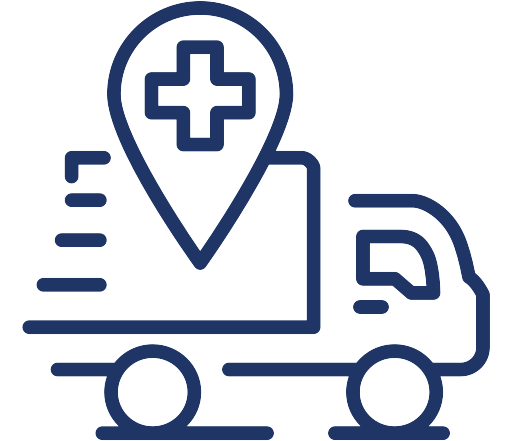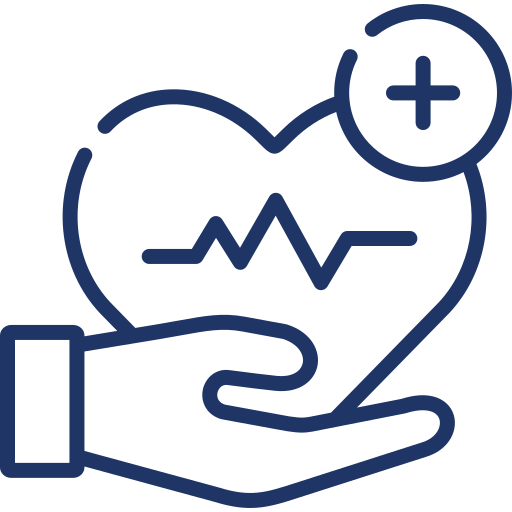As we approach a new school year, many students and parents still have questions about coronavirus and schools in New York City. Are you worried about school and COVID-19? Here’s what you need to know about coronavirus, CDC guidelines, and COVID testing for kids in NYC.
Coronavirus and children
Understandably, parents are concerned about sending their children back to school during the COVID-19 pandemic.
One of the main factors in reopening schools was the child-specific data collected since the start of the coronavirus outbreak. It showed that children are less likely to become infected with COVID-19 than adults. In children infected with coronavirus, the risks are lower than that of other age groups.
The other consideration that contributed to reopening was the disproportionate availability of educational resources in lower-income areas. Not everyone is capable of managing and affording virtual learning.
CDC guidelines for schools
The CDC has provided four crucial areas that K-12 school administrators can focus on to keep students safe. These include:
- Promoting habits that reduce spread (e.g., hand washing and wearing masks)
- Maintaining healthy environments (e.g., ensuring proper ventilation, regular cleaning, and disinfecting surfaces)
- Monitoring safe operations (e.g., staggering schedules, avoiding large groups)
- Preparing for when someone gets sick (e.g., protocol in place, coordinating with local health facilities)
These guidelines are also applicable to students returning to colleges and universities.
Testing for COVID-19 infection in kids
Ultimately, reopening schools during the COVID-19 pandemic presents a new frontier for everyone involved. Taking time to familiarize yourself with your school’s COVID-19 policies while asking questions of your local administrators is the best approach to take. It can help you weigh the risks and benefits in deciding if your child should get back to school this year.
If your child has health care conditions or someone in your family has a high-risk medical comorbidity, talk to a doctor or school nurse about it.
If you decide to let them attend school, get them vaccinated. Get them tested if they come in contact with an infected person, whether they have symptoms or not. If your child recently recovered from COVID-19, let them get tested before letting them go back to school.
Frequently asked questions about school and COVID-19
What are the most important prevention strategies for COVID-19 in schools?
Some of the most important prevention strategies for COVID-19 in schools are COVID vaccinations for eligible teachers, staff, and students, face masks, social distancing, and COVID testing.
How long should students and teachers stay in home isolation if they test positive for COVID-19?
Students and teachers who test positive for COVID-19 should stay in home isolation for at least five days.
What should you do if someone in your family tests positive for COVID-19 in school?
If someone in your family tests positive for COVID-19 in school, have them stay home for at least five days to reduce the risk of spreading the virus. That’s regardless of whether they have symptoms or not.
How do schools know if a student has COVID-19?
Schools know if a student has COVID-19 in several ways: Through parent reports, self-reports from students or school staff, or on-site COVID testing in the school.





